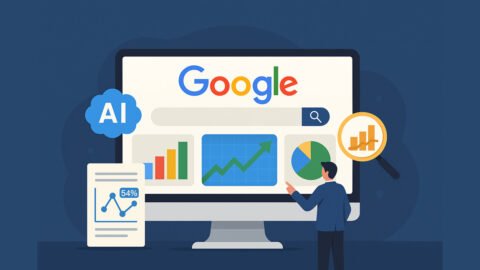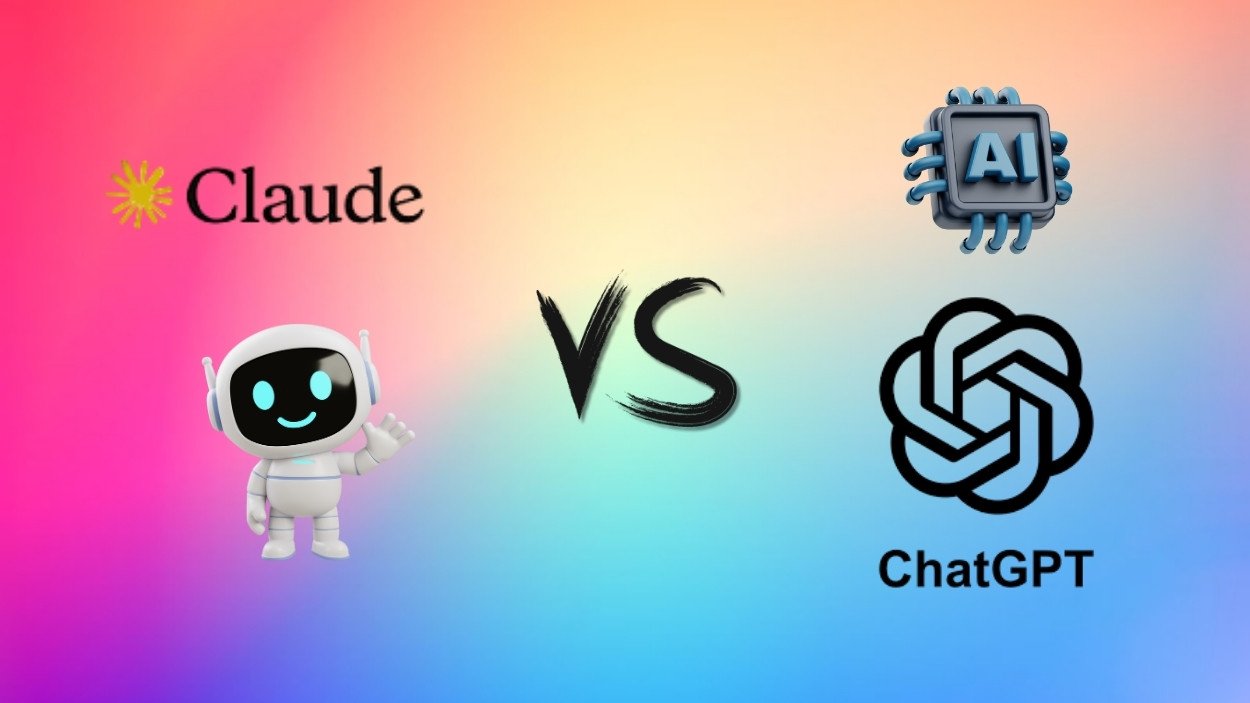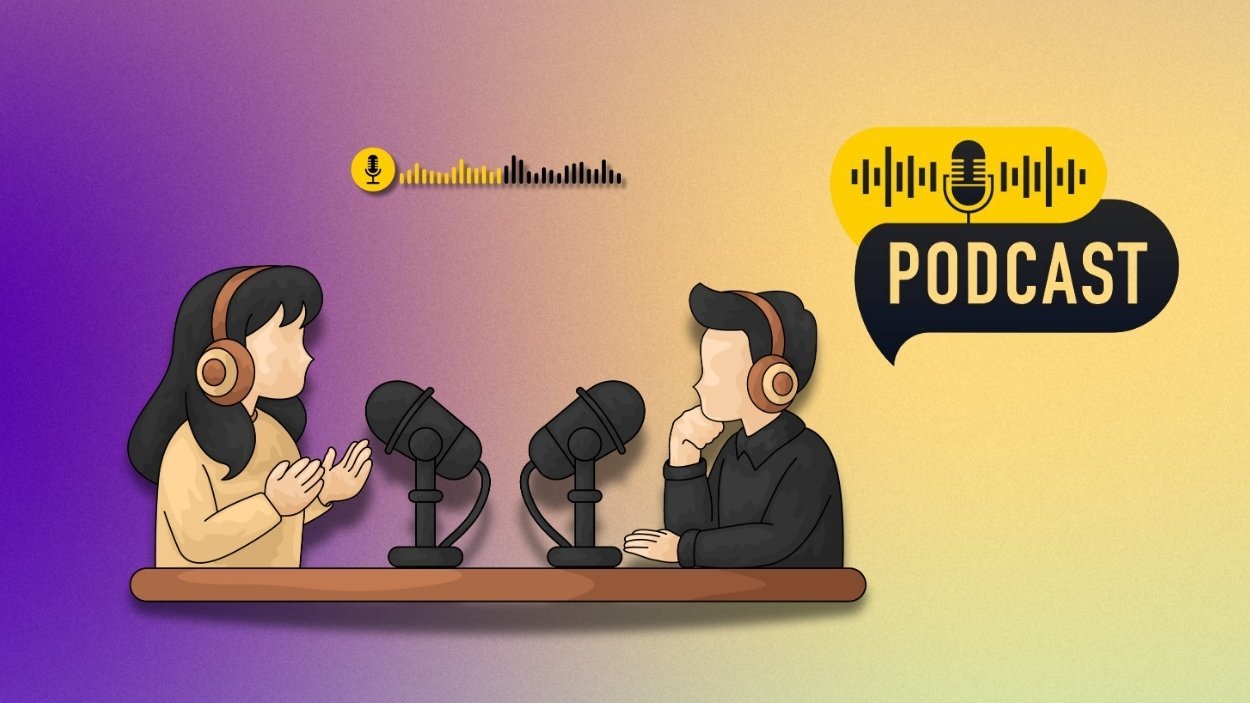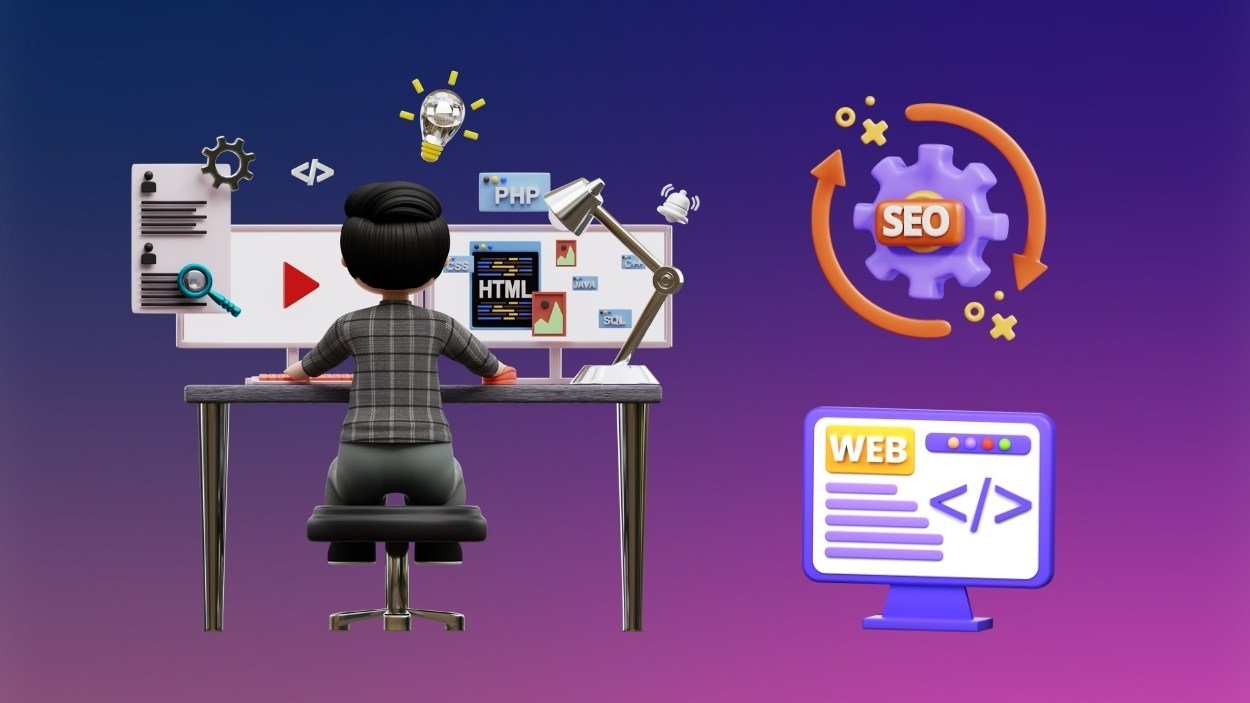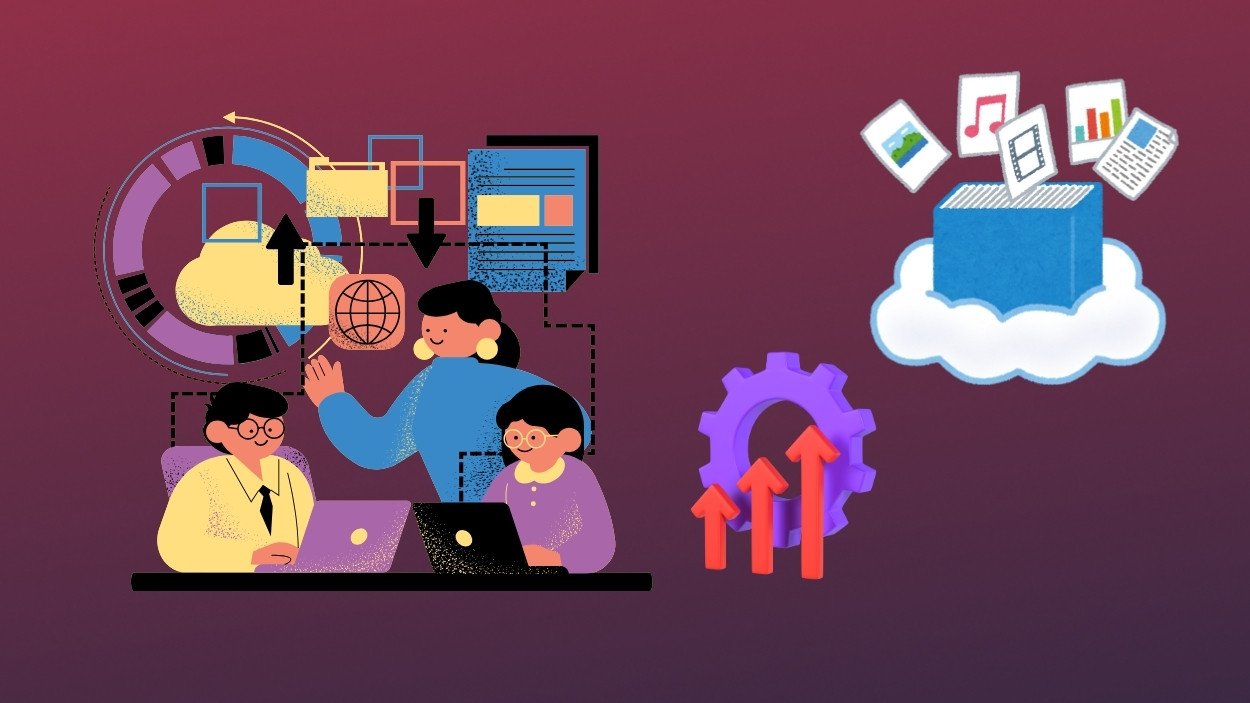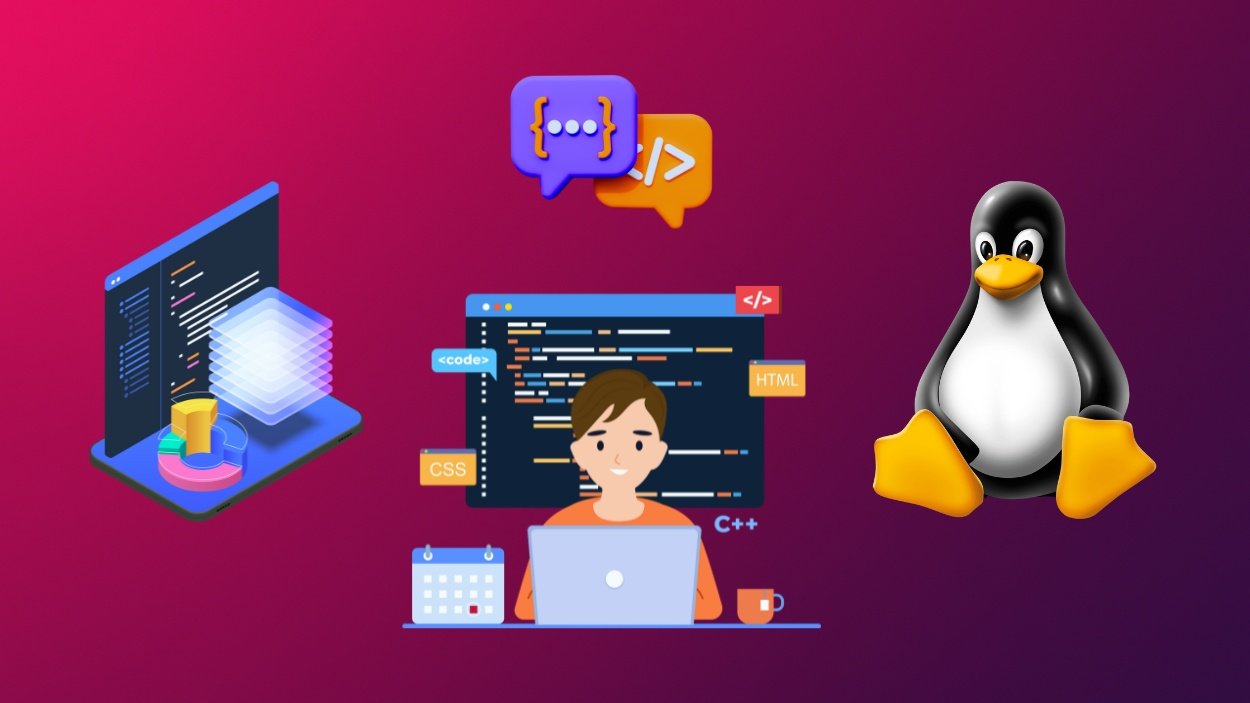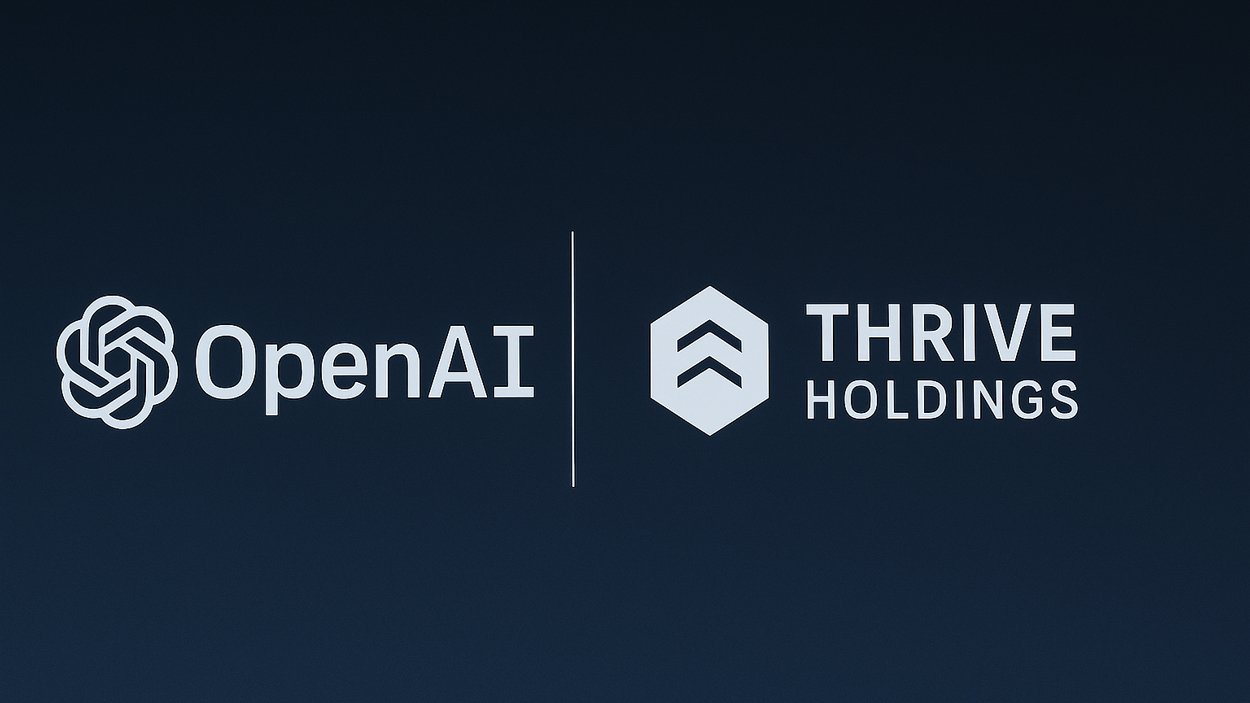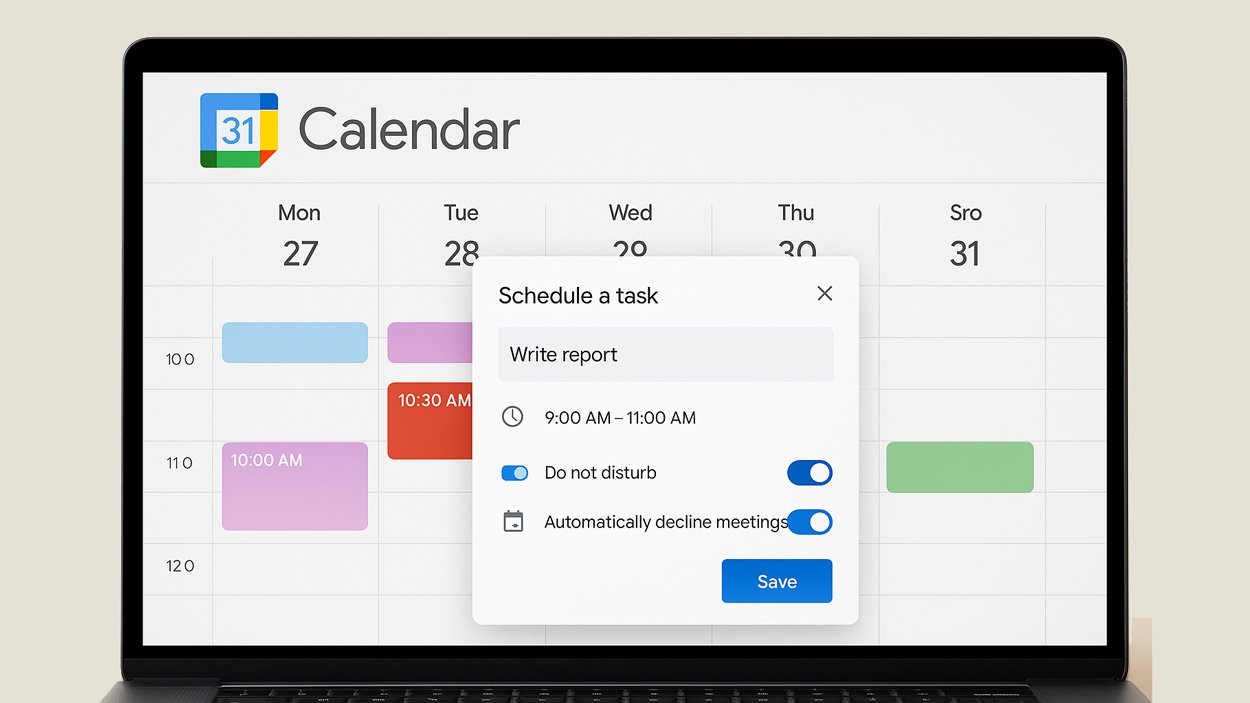Amazon has launched Kindle Translate, a new AI-powered service designed to help independent authors publish their books in multiple languages and reach readers around the world.
Quick Summary – TLDR:
- Amazon introduces Kindle Translate for Kindle Direct Publishing authors.
- The tool currently supports translations between English and Spanish and from German to English.
- Authors can review and manage translations before publishing.
- Kindle Translate aims to make global publishing more accessible and cost-effective.
What Happened?
Amazon has unveiled Kindle Translate, a new AI-based translation tool within Kindle Direct Publishing (KDP). The feature allows authors to automatically translate their books into other languages, starting with English-Spanish and German-English translations. Currently in beta, the company said that additional languages will be added soon.
Amazon offers AI translation for self-published Kindle books https://t.co/Ly4iXVXNU5
— The Verge (@verge) November 6, 2025
Amazon’s Push for Global Readership
Less than five percent of all titles on Amazon are available in more than one language. With Kindle Translate, Amazon aims to change that by making it easier for authors to reach non-English speaking readers. The company said the new service represents a major step toward expanding self-publishing to global markets.
Authors using Kindle Direct Publishing can now access the Kindle Translate option directly in their dashboard. From there, they can select languages, set pricing, and publish translations. Each AI-translated book will be clearly labeled as a “Kindle Translate” title, and readers will be able to preview translation samples before purchasing.
Amazon said that Kindle Translate’s AI system automatically evaluates translations for accuracy before publication, although the company did not reveal the exact methods behind the verification process.
Accuracy and Human Review
While Amazon’s AI aims for high accuracy, the company acknowledges that AI translations are not perfect. Authors can preview and edit the translated text before publication to catch potential errors. However, for authors translating into a language they do not speak, a human translator may still be needed to ensure literary quality and cultural nuance.
An Amazon spokesperson described the feature as a “cost-effective and reliable solution” for self-publishers, particularly those who want to reach wider audiences without the high cost of professional translation.
Competing in the AI Translation Market
Kindle Translate enters a competitive field that includes established AI translation tools and open-source platforms. Many of these already support dozens of languages, but Amazon’s approach integrates translation directly into the publishing process, making it more convenient for authors.
The move aligns with Amazon’s broader strategy of innovation and global expansion. The company continues to strengthen its market leadership, not only through retail but also via digital services such as Amazon Web Services (AWS), advertising, and Kindle publishing tools.
Amazon’s Financial Strength Supports Innovation
Amazon’s ability to develop new features like Kindle Translate is backed by strong financial performance. The company reported revenue growth of 9.3% over the past three years, with total sales reaching $691.33 billion. Its operating margin of 11% and return on equity of 24.6% reflect healthy profitability. Analysts expect Amazon to continue investing in AI and publishing tools as part of its long-term strategy to diversify revenue streams.
Daily Research News Takeaway
I think Kindle Translate could be a game-changer for indie authors. Many self-published writers dream of reaching readers in other languages, but translation costs are often a barrier. By offering a free or low-cost AI tool, Amazon is opening new doors for global storytelling. Sure, AI might still miss a few idioms or stylistic nuances, but the accessibility it brings to writers is a big win. It’s another smart move that reinforces Amazon’s dominance in digital publishing and shows how AI is transforming creative industries.




